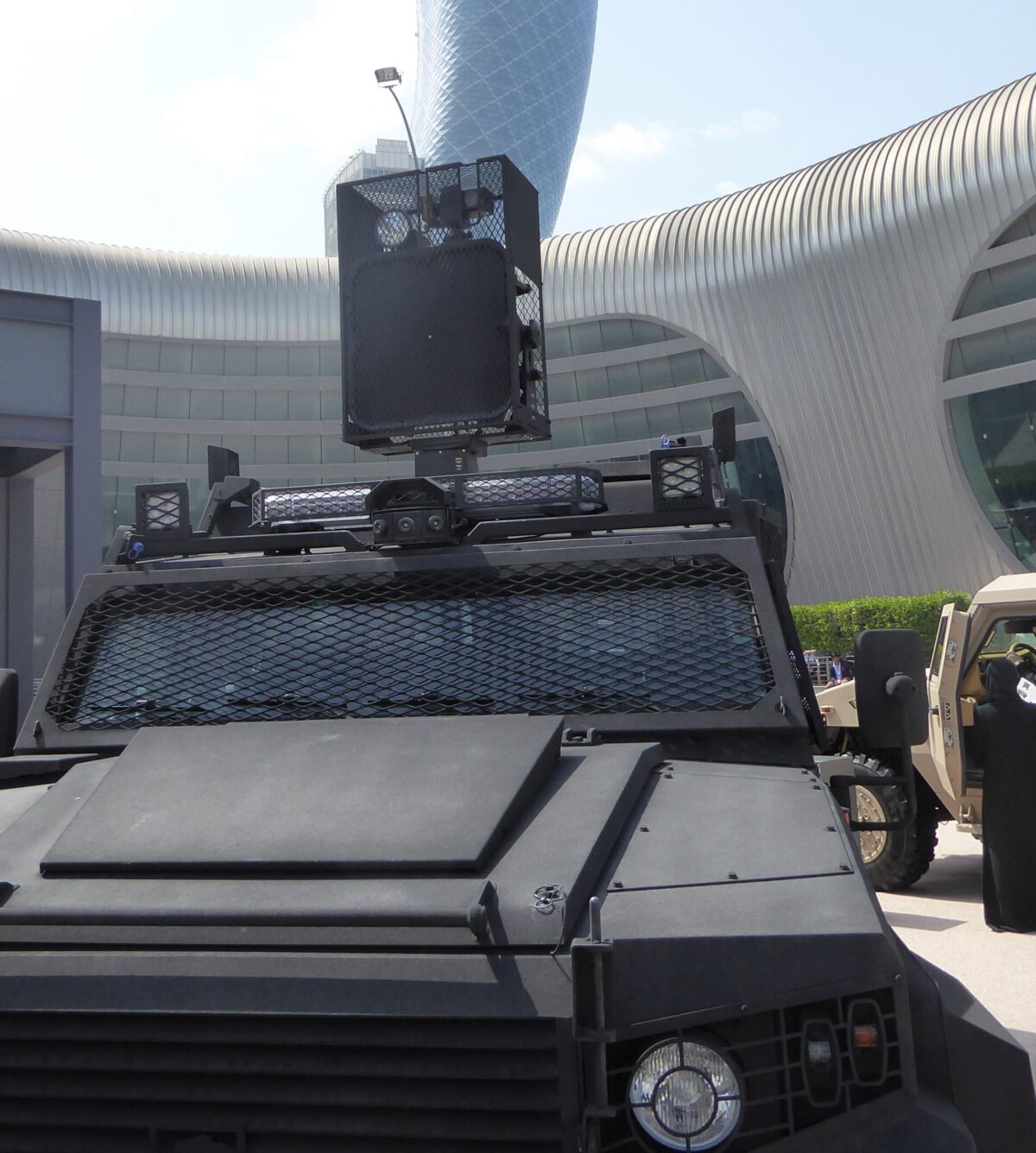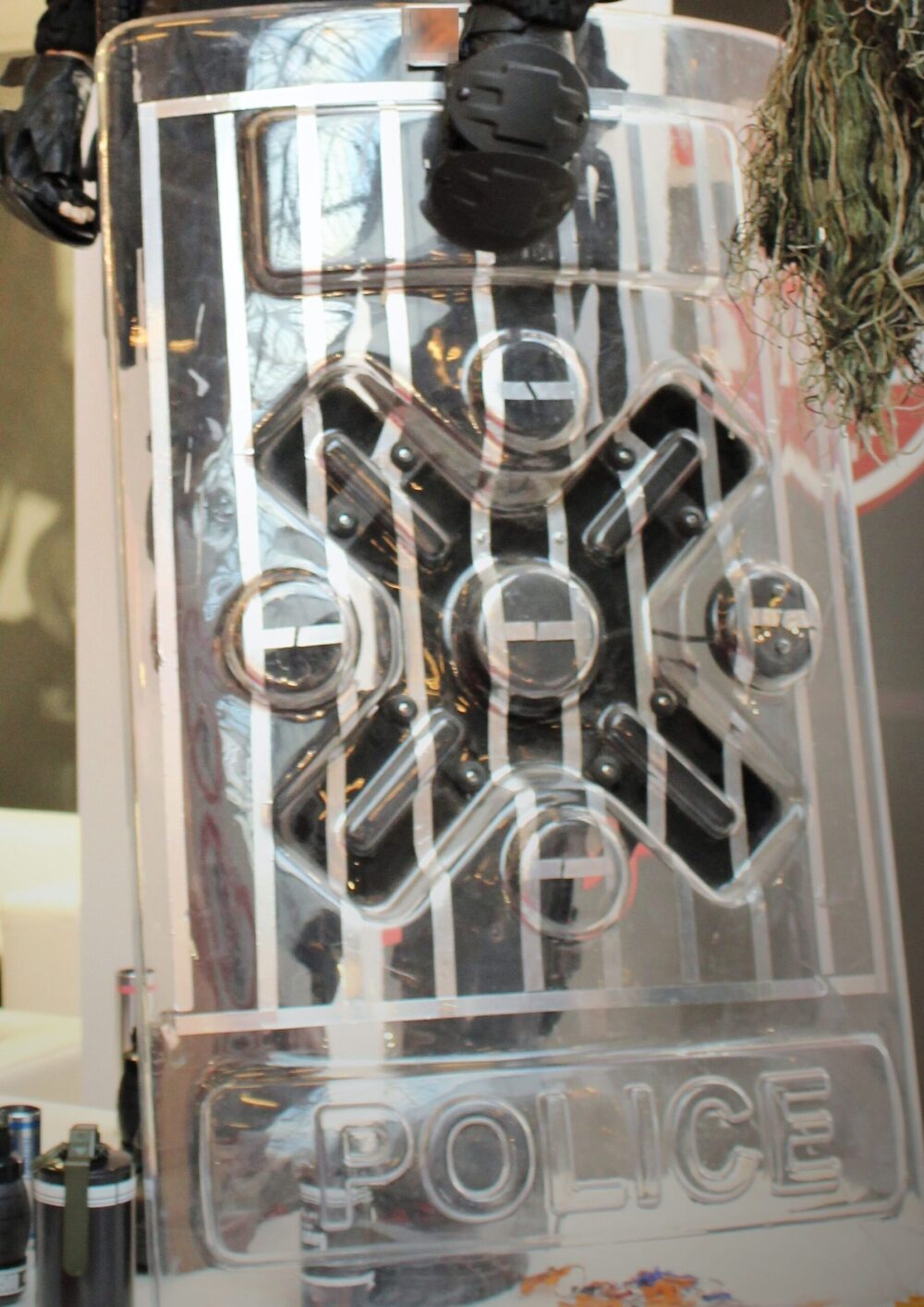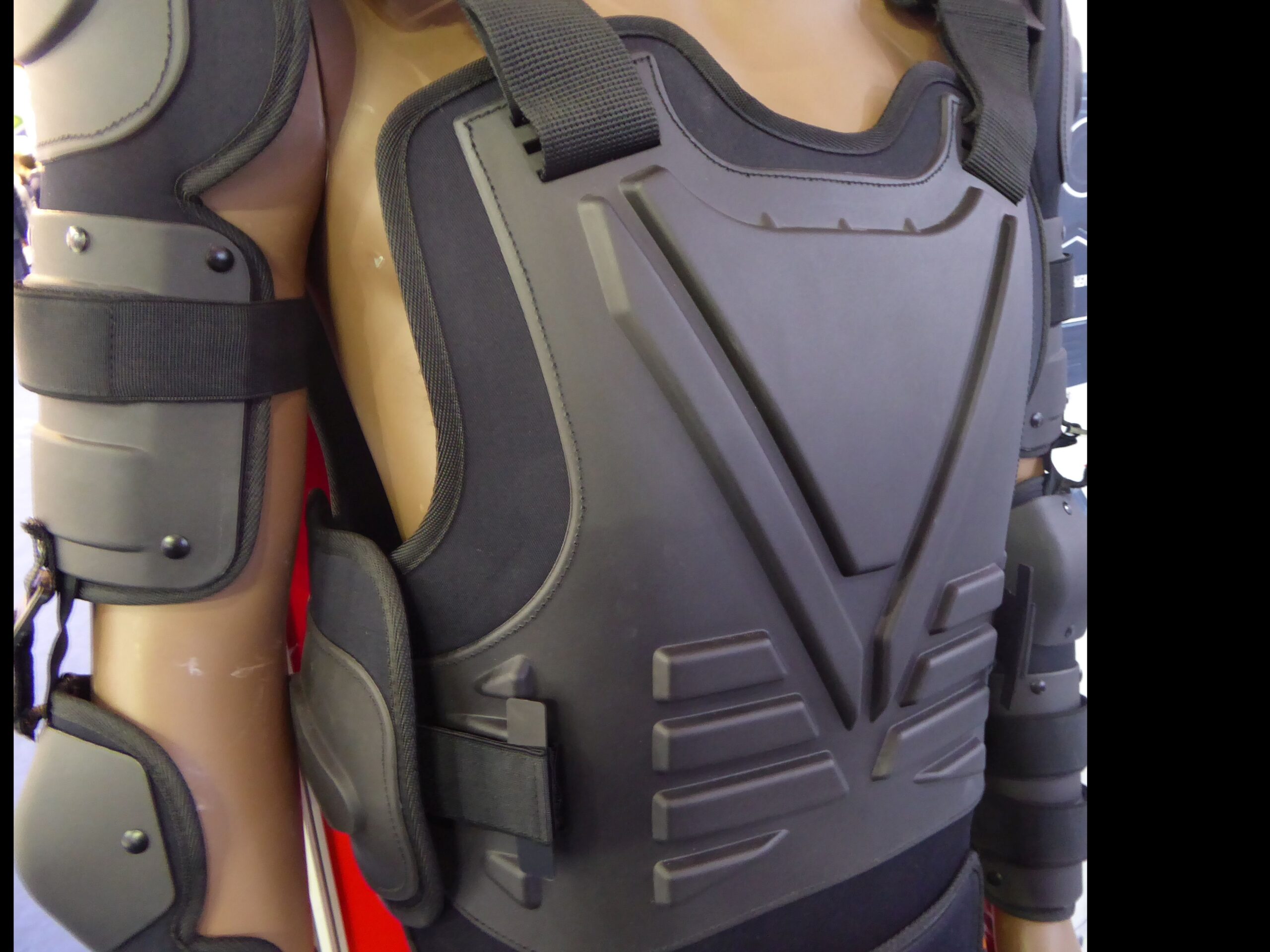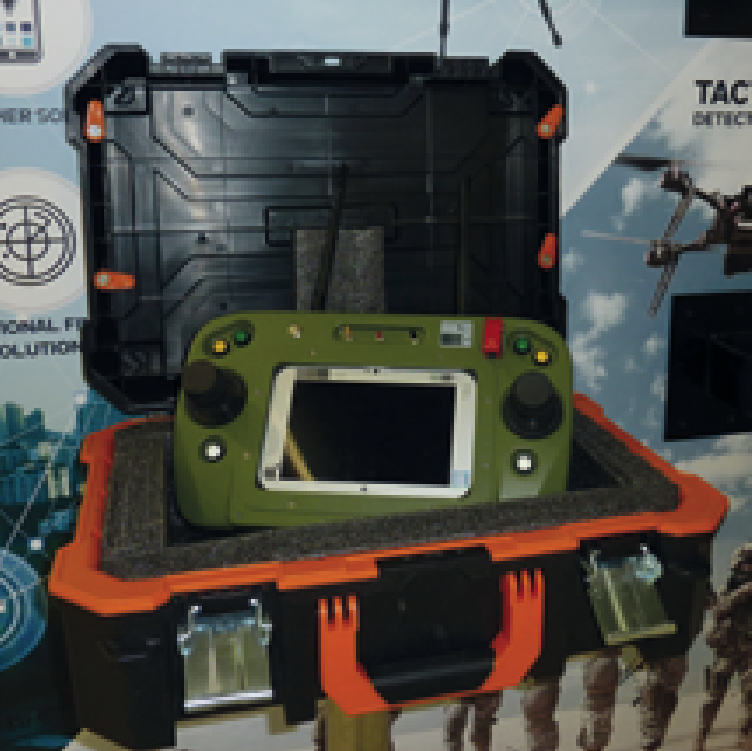Below is the final assessment for the Independent Monitoring of Freedom of Peaceful Assembly course. The test consists of 15 questions. You need to pass the test with a score of 75% or higher to obtain a certificate of completion. Your score will not appear on the certificate. The test is not timed. Good luck!
Quiz Summary
0 of 15 Questions completed
Questions:
Information
You have already completed the quiz before. Hence you can not start it again.
Quiz is loading…
You must sign in or sign up to start the quiz.
You must first complete the following:
Results
Results
0 of 15 Questions answered correctly
Time has elapsed
You have reached 0 of 0 point(s), (0)
Earned Point(s): 0 of 0, (0)
0 Essay(s) Pending (Possible Point(s): 0)
Categories
- Not categorized 0%
-
Oh no, you did not get enough points to pass the course in this attempt. Don’t worry, take time to review your notes and try again.
-
Congratulations! You have successfully completed the final test of the Independent Monitoring of Freedom of Peaceful Assembly e-learning course. We hope this was an enjoyable experience, and are looking forward to seeing you soon again on FreedomLab!
- 1
- 2
- 3
- 4
- 5
- 6
- 7
- 8
- 9
- 10
- 11
- 12
- 13
- 14
- 15
- Current
- Review
- Answered
- Correct
- Incorrect
-
Question 1 of 15
1. Question
1. Which of the following statements is correct?
-
Question 2 of 15
2. Question
2. How should state authorities react to counter-demonstrations?
-
Question 3 of 15
3. Question
3. Is the following statement true or false?
Assembly organizers have an obligation to engage with the police in order to allow them to build the necessary knowledge to facilitate the assembly.
-
Question 4 of 15
4. Question
4. What is the role of the Bronze Commander according to ODIHR’s three-tiered system of command?
-
Question 5 of 15
5. Question
5. Which of the following statements is true?
-
Question 6 of 15
6. Question
6. What does the tactic of containment or “kettling” refer to?
-
Question 7 of 15
7. Question
7. What would you do if, while observing an assembly, a police officer you met during the preparation for the monitoring exercise spots you and offers you a police escort, allowing you to move around the assembly venue more easily?
-
Question 8 of 15
8. Question
8. Match the names of police equipment with the photos:
Sort elements
- Acoustic devices
- Direct contact electric shock weapons
- Mechanical restraints
- Protective equipment
- Surveillance and interception technologies
-
Question 9 of 15
9. Question
9. What should you do to make sure you keep communication channels with other monitors always open, including in the eventuality mobile phone networks become unavailable or unreliable?
-
Question 10 of 15
10. Question
10. Which of the following statements is true?
-
Question 11 of 15
11. Question
11. Which of the following statements is true?
-
Question 12 of 15
12. Question
12. What should you do if, while observing an assembly, you hear someone shouting abusive statements or slogans or see banners or posters with messages that could amount to hate speech or incitement to violence?
-
Question 13 of 15
13. Question
13. Who should be in charge of drafting the assembly monitoring form following an assembly monitoring activity?
-
Question 14 of 15
14. Question
14. What does SMART recommendations mean?
-
Question 15 of 15
15. Question
15. Why is a stakeholder mapping exercise useful in advocacy?









